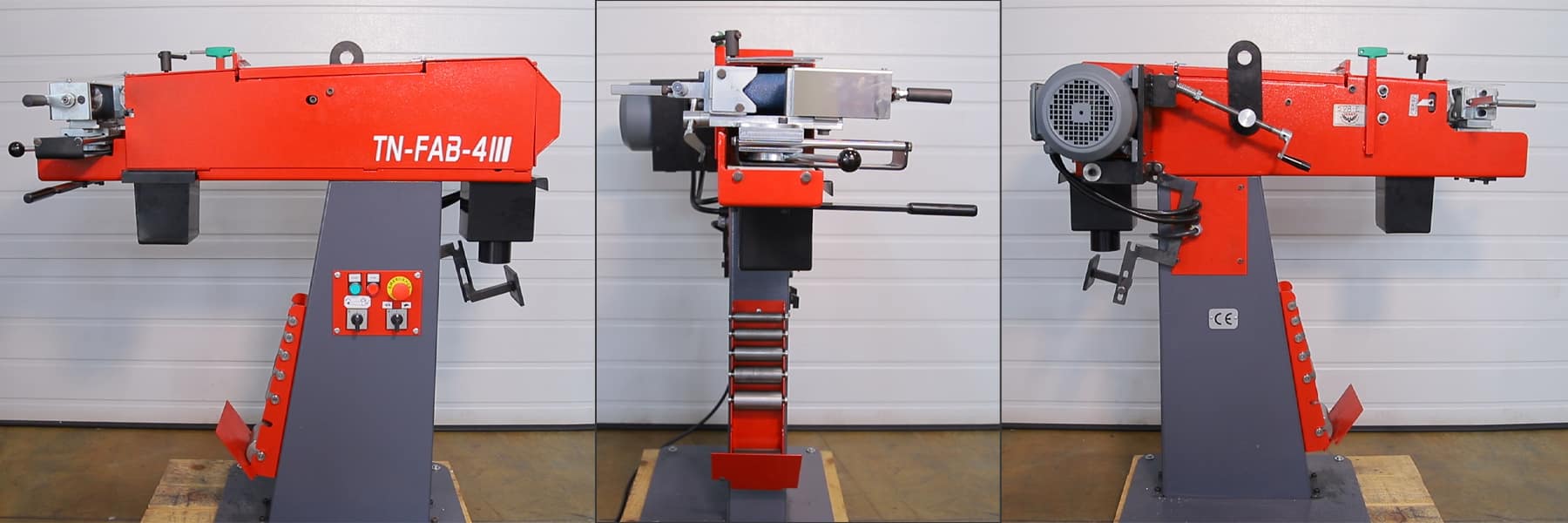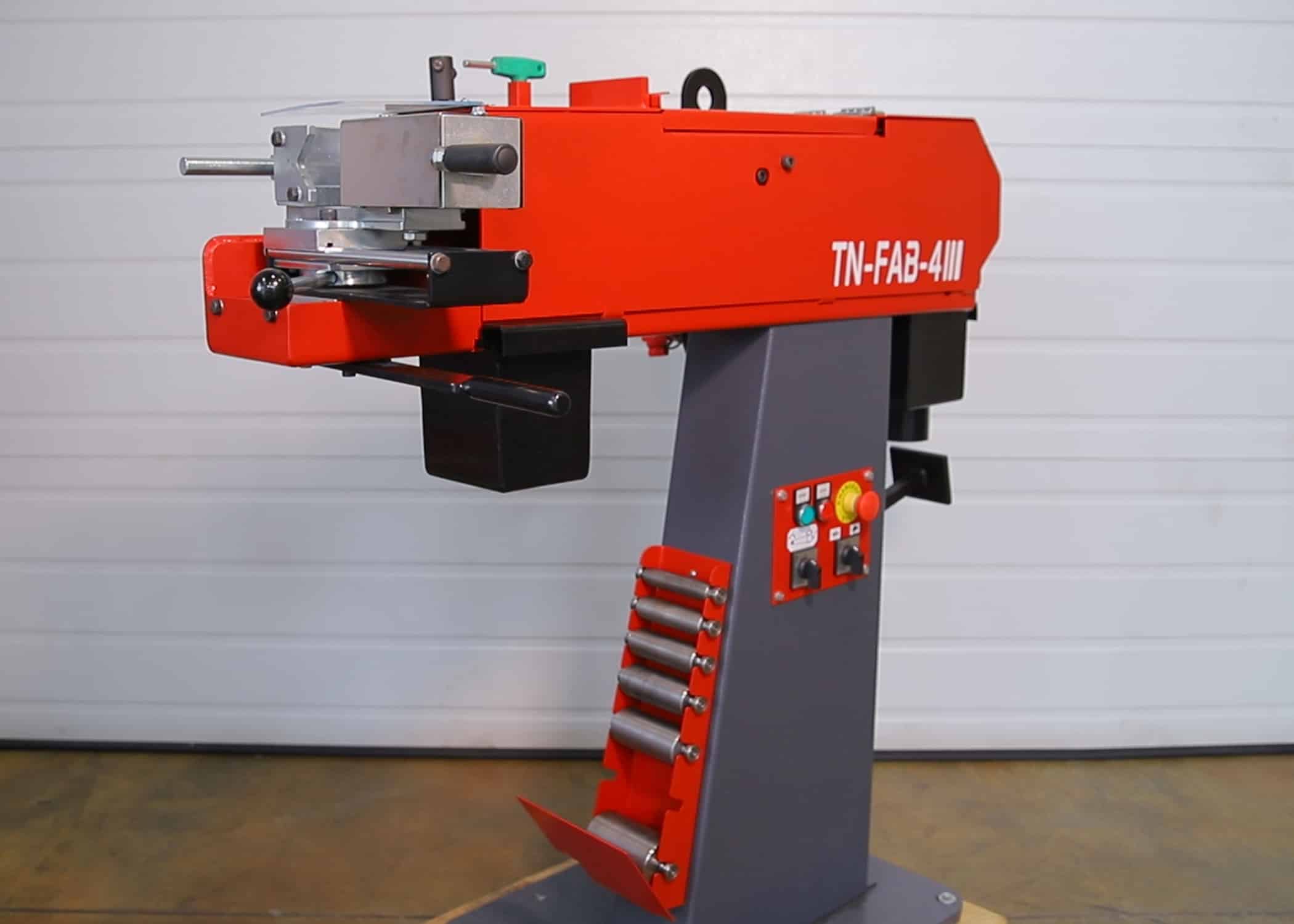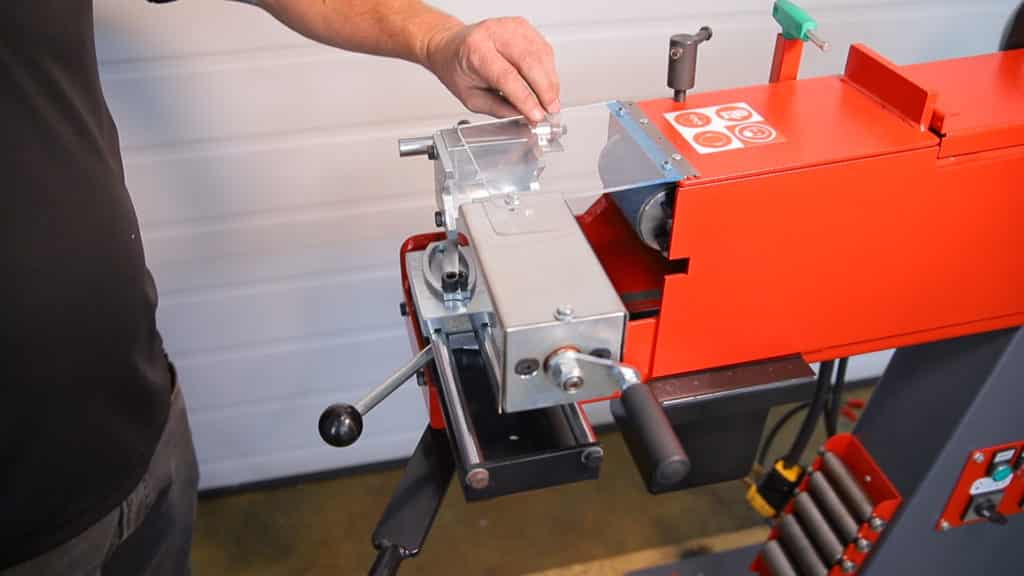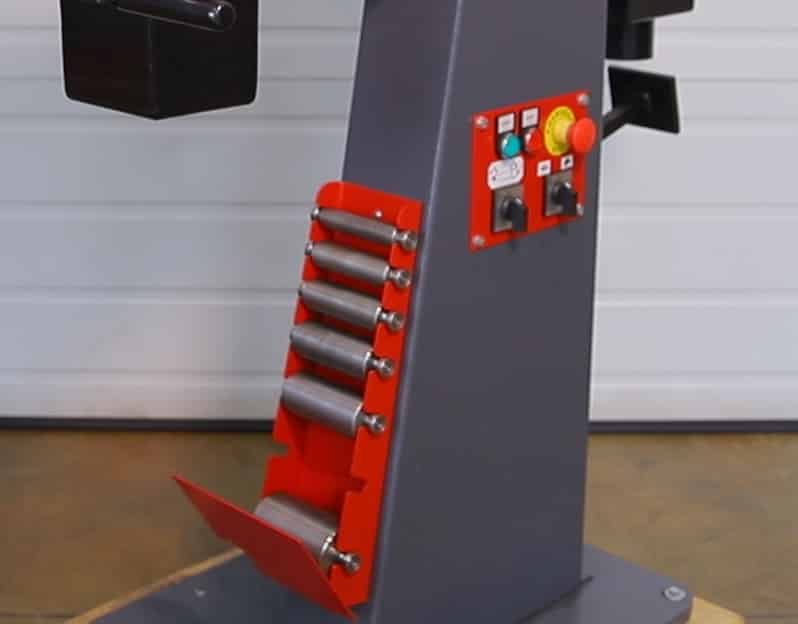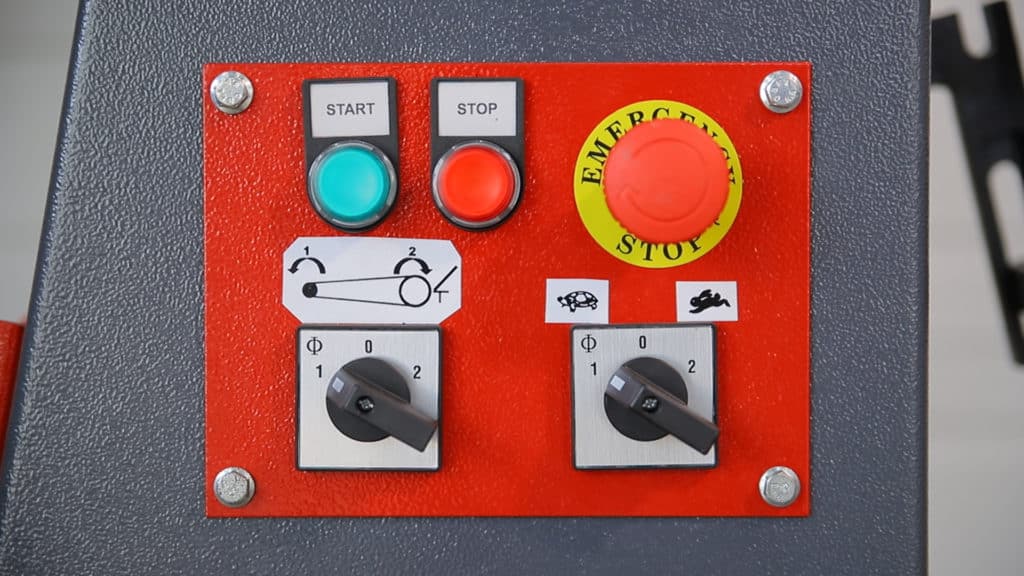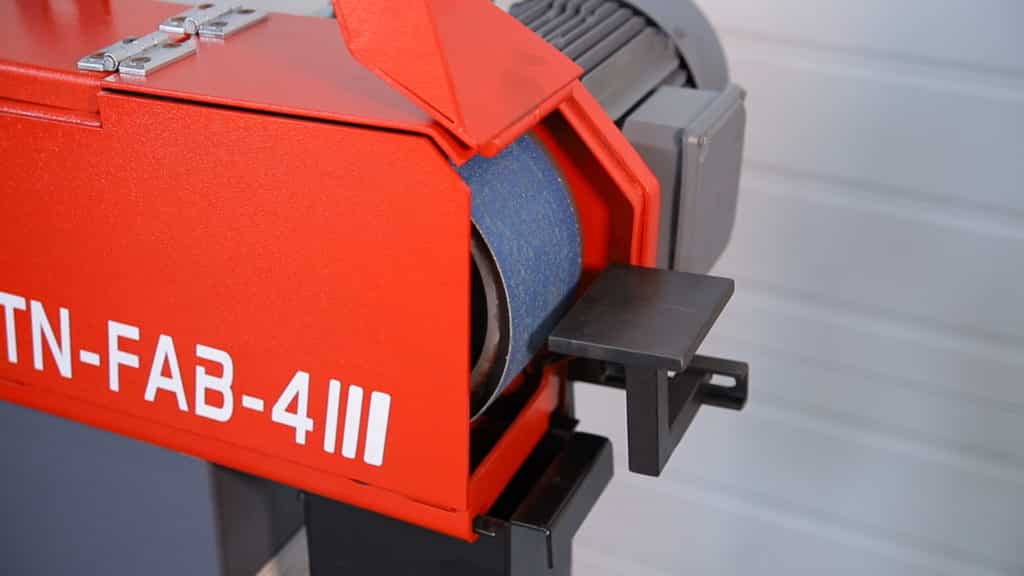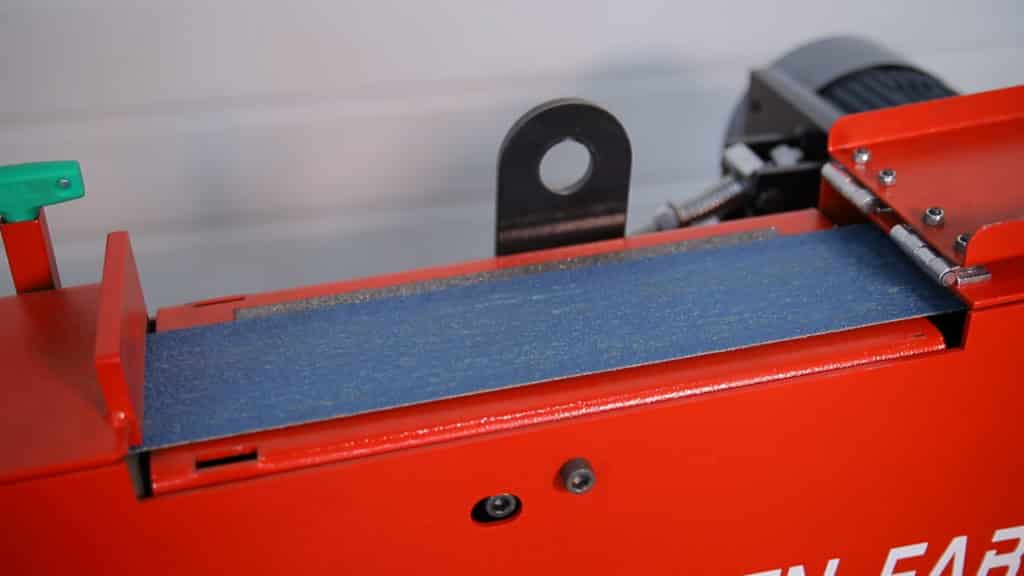Learning to Cope
The concept of tube notching goes back in history to the beginnings of hole making. Where a hole is an opening cut, drilled, or punched through material, a notch is simply a hole that is made at the outside edge of an object. Notches have diverse functions, such as marking where different pieces of fabric need to align before being sewed together or serving as a counting notation (like the notches on the belt of a gunfighter in the Old West). In metalworking, notching can serve a variety of purposes, from decorative to functional, as in the case of notching the edge of a sheet metal flange prior to it being hemmed (folded over).
Coping is a type of notching used in metalworking and woodworking where the edge of a component is shaped to snugly fit the contours of an adjoining component. Many metal coping devices are called “coper-notchers” since they can be used to make different types of notches, including those intended for coping. Tube and pipe coping is one of the more common areas of metal coping since metal tubing is frequently used in the fabrication of structures like handrails and roll cages. Methods for tube coping include punching, plasma and flame cutting, belt grinding, and using specialized tube-cutting fiber lasers.
Revolution Machine Tools offers two solutions for fabricators wanting to cope pipe and tube: tube-cutting fiber lasers for high-end production and a belt sander-based coper-notcher for everyday fabrication use, the RMT TN-FAB-4.
I’ll Take the Combo, Please
The notion of combination machines probably originated when Swiss cutlery maker Karl Elsener decided in 1891 to add a can opener, a reamer, and a screwdriver to the pocketknives he was creating to be issued to soldiers, giving birth to the famous Swiss Army Knife. At some point a metalworking machine manufacturer got a similar idea of adding supplementary stations to a mechanical punch to make use of its downward thrusting power to notch or shear metal in addition to simple hole punching, creating the first ironworker. The same thinking inspired the designers of the TN-FAB-4 to create three different stations where the same basic function of the machine—a spinning sanding belt—could be put to a variety of uses by a single fabricator.
While the RMT TN-FAB-4 can just be called a tube notcher (which is what the “TN” in the model number stands for) and is usually referred to in RMT literature as a “Tube Notcher – Belt Sander,” the most apt description of it can be a mouthful: it is technically a “Combination Tube Notching Coping Grinder, De-Burring Belt Sander, and Bench Grinder All-In-One Machine.” Like similar tube copers, it features a pipe notching station at the front of the machine, but it is also augmented with a grinding station at the back, as well as a belt sanding station on the top, both of which are covered by access doors when not in use.
Features of the RMT TN-FAB-4 Tube Notcher/Belt Sander
The main station of the RMT TN-FAB-4 is, of course, the notching area at the front of the machine. Tubes are securely clamped in a vise and advanced into a belt sander at the point where it wraps around a mandrel. The diameter of the mandrel becomes the radius of the notch cut into the pipe.
The TN-FAB-4 offers a variety of pipe radii grinding thanks to its collection of multi-sized interchangeable mandrels that are stored in a rack at the front of the machine’s base. The seven mandrels that come as standard tooling with the notcher are 1″, 1.25″, 1.5″, 1.75″, 2″, 2.5″, and 3″. Optional mandrels can be ordered for any tube size between 1″ to 3″ and for all pipe sizes ranging from 1.06″ to 2.875″.
A side panel in the machine allows access for switching out the mandrels (via an easy-to-use quick-change clamp) as well as for replacing the 4″ x 6’7″ sanding belt. The notcher has controls to adjust the tracking and the tensioning of the belt. The dual speed, 4 HP, 280 rpm motor enables the belt to rotate up to 1.2″ (30mm) per second. A switch on the side of the machine allows the operator to change between low and high speeds, while another switch controls the direction of the rotation of the belt, permitting debris to be sent away from the machine and the operator, depending on which station is in use at the time. Two debris traps, one at the coping end and the other at the grinding end, can be removed from the bottom of the machine and emptied as needed.
The notching station sports several helpful accessories, including:
- An adjustable vise for clamping the pipe or tube securely at the required cutting angle, up to a 60° miter.
- An adjustable material stop that can be used for repeating a specific cope. The tube is positioned against the stop, which is then rotated out of the way once the workpiece has been secured in the vise.
- A feed stop that allows subsequent workpieces to feed to the same point.
- An offset notching control for centering the mandrel on the pipe or moving it up or down. This allows it to be adjusted to the top or bottom end of a workpiece that needs to be made flush with a larger diameter tube.
- A transparent guard that can flip up out of the way during setups.
The back end of the machine features a grinding station where the sanding belt can be accessed directly without the interference of the notching vise and assembly. When the covering door is swung up and out of the way, a small table can be raised and secured in position as a material rest.
The belt sanding station at the top of the machine is intended for pipe deburring following the notching operation. The fabricator slowly rotates the coped end of the tube against the spinning belt to remove any burrs that extend past the outside diameter of the workpiece.
The RMT TN-FAB-4 is a 208/230-volt three phase machine, though a 220-volt single phase version is available by special order from RMT. The noise emission levels of the notcher run from 83 dBA to 87 dBA. Its dimensions are 3’4″ long by 1’8″ wide by 3’5″ high, and it weighs 419 lbs.
A Notch Above the Rest
A bonus feature of the RMT TN-FAB-4 tube notcher and belt sander is the RMT guarantee. The management and staff of Revolution Machine Tools prides themselves in offering only the very best in metalworking machines to the fabrication market. Full-time inhouse Service and Parts departments are available to help every customer keep their machines up and running.
Those who purchase equipment from Revolution Machine Tools are more than simply customers—they are considered partners by RMT. As RMT President Kyle Jorgenson has stated, “Here at Revolution Machine Tools, our goal is to be a partner with you for the rest of our life… Our customers are our friends. We’re here to help you, and to help you make informed decisions… on an investment in a machine tool.”
Call Revolution Machine Tools today for a competitive quote on your next tube grinder or other metalworking machine and see for yourself the advantage that comes when the best in fabrication equipment is paired with the best in customer service.


